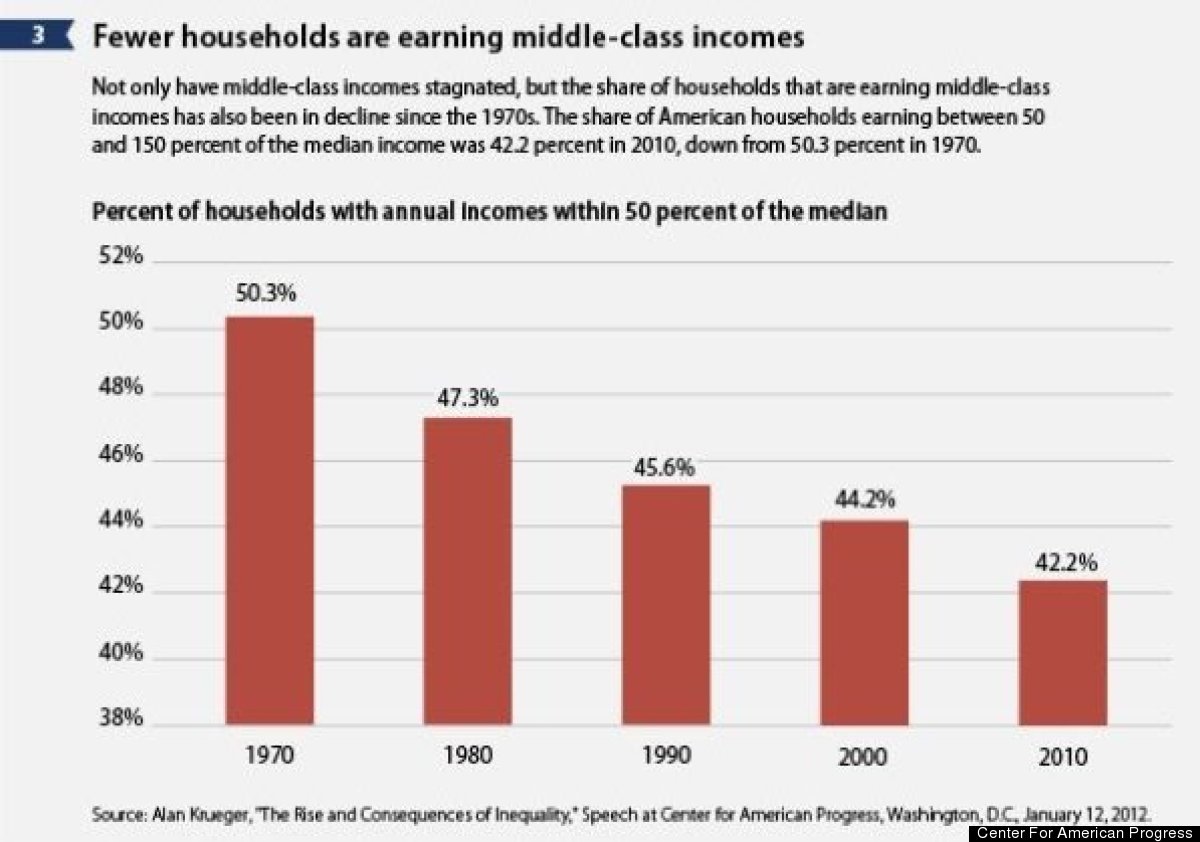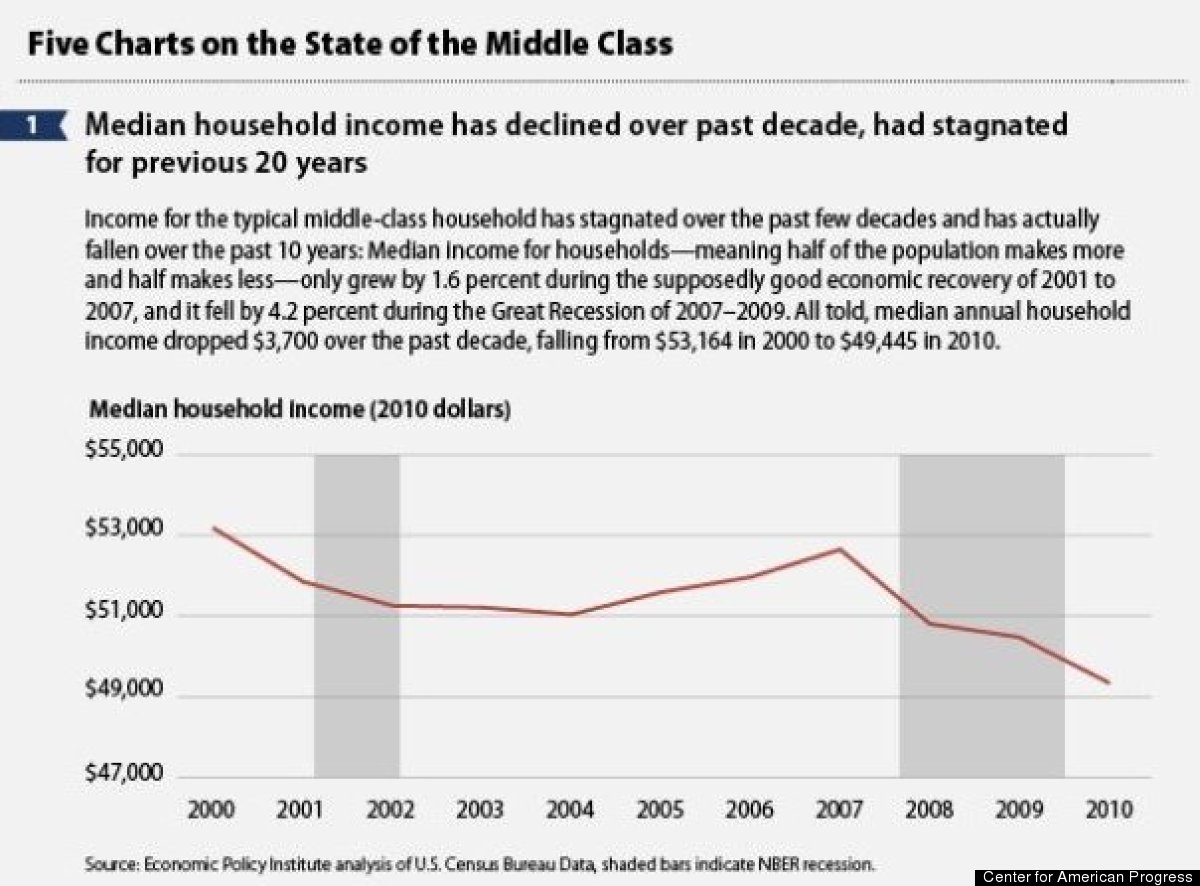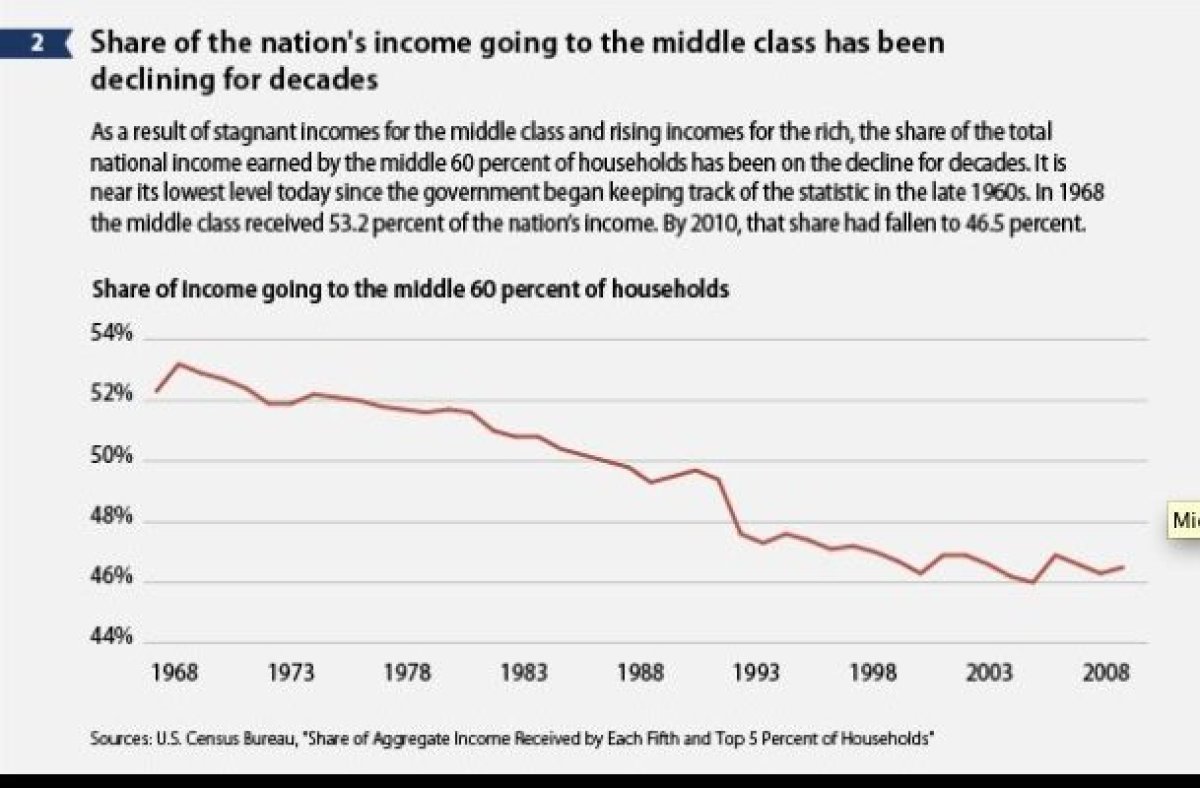And here's another article on the same subject from today's New York Times that I found fascinating. It argues that long prison terms serve to assure that families and communities remain in poverty.
Prison and the Poverty Trap (excerpted here)
“Prison has become the new poverty trap,” said Bruce Western, a Harvard
sociologist. “It has become a routine event for poor African-American
men and their families, creating an enduring disadvantage at the very
bottom of American society.”
Among African-Americans who have grown up during the era of mass incarceration, one in four has had a parent locked up
at some point during childhood. For black men in their 20s and early
30s without a high school diploma, the incarceration rate is so high —
nearly 40 percent nationwide — that they’re more likely to be behind bars than to have a job.When sociologists look for causes of child poverty and juvenile delinquency, they link these problems to the incarceration of parents and the resulting economic and emotional strains on families.
Before the era of mass incarceration, there was already evidence linking
problems in poor neighborhoods to the high number of single-parent
households and also to the high rate of mobility: the continual turnover
on many blocks as transients moved in and out.
Now those trends have been amplified by the prison boom’s “coercive mobility,”
as it is termed by Todd R. Clear, the dean of the School of Criminal
Justice at Rutgers University. In some low-income neighborhoods, he
notes, virtually everyone has at least one relative currently or
recently behind bars, so families and communities are continually
disrupted by people going in and out of prison.http://www.nytimes.com/2013/02/19/science/long-prison-terms-eyed-as-contributing-to-poverty.html?pagewanted=2&hpw



